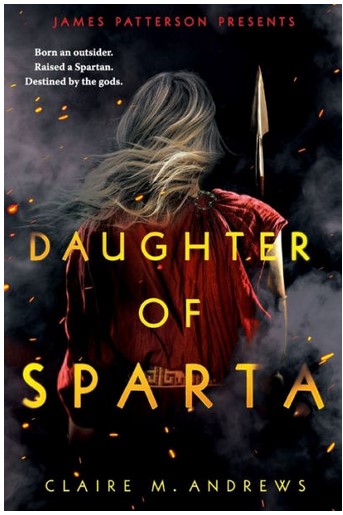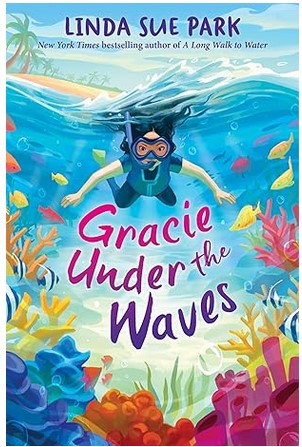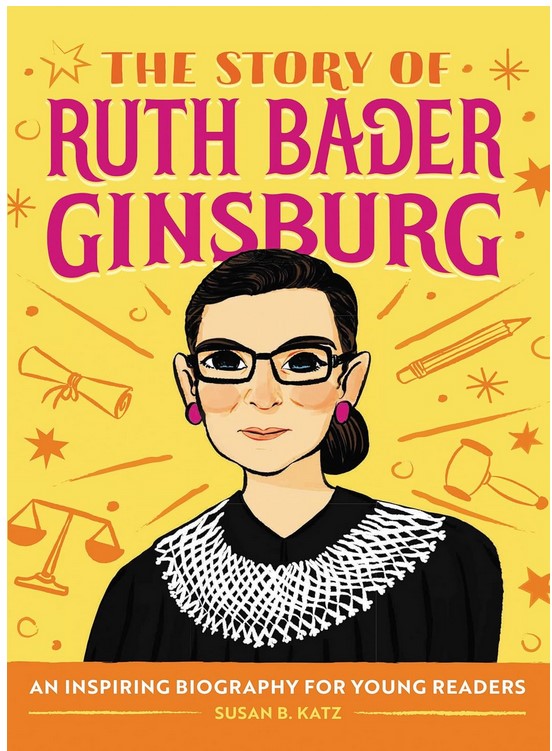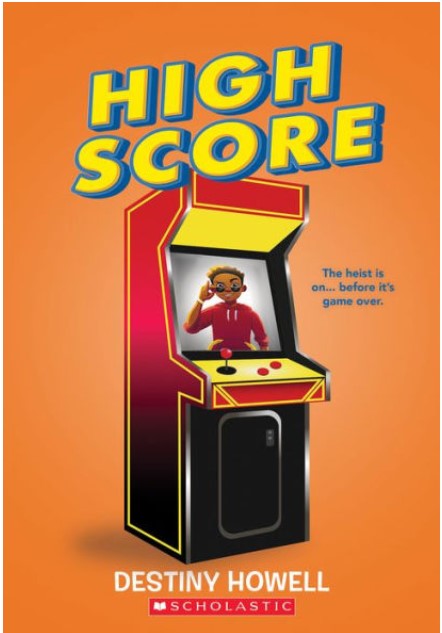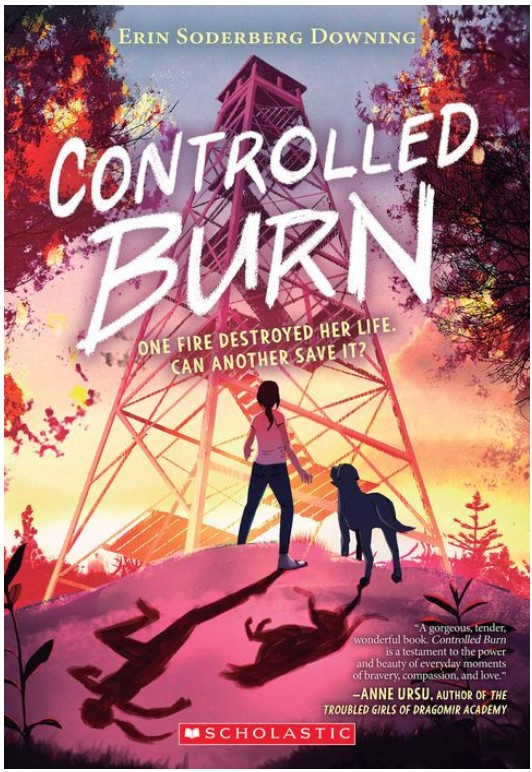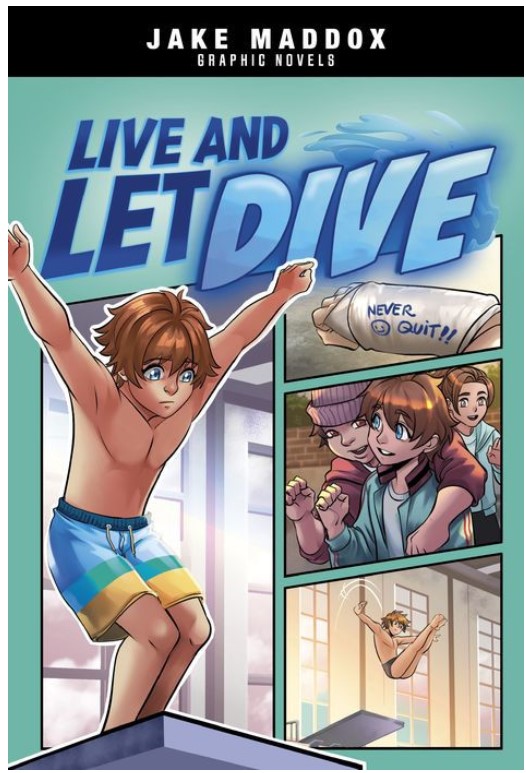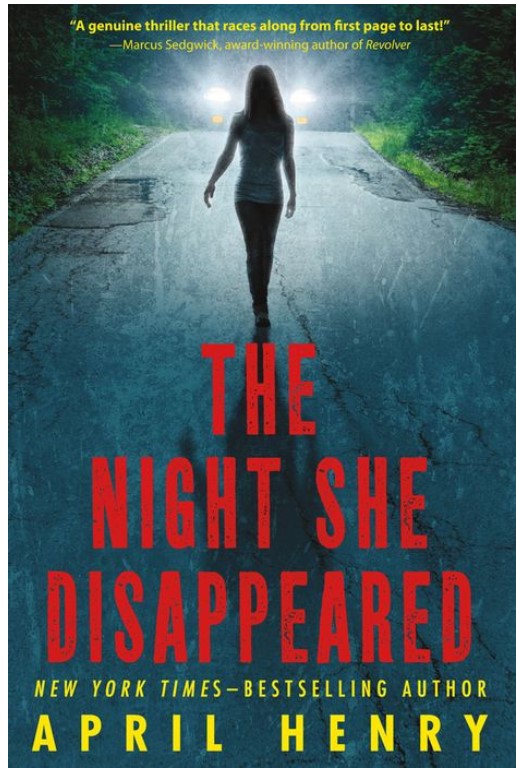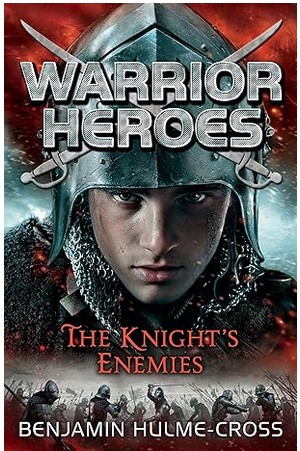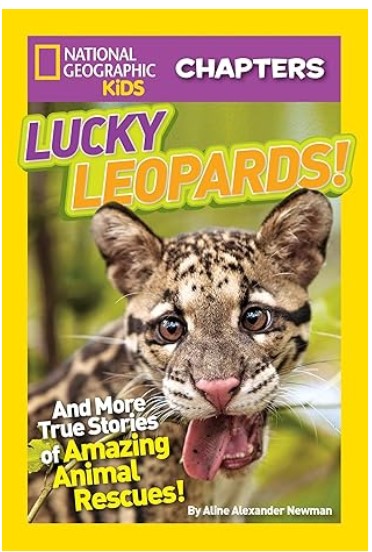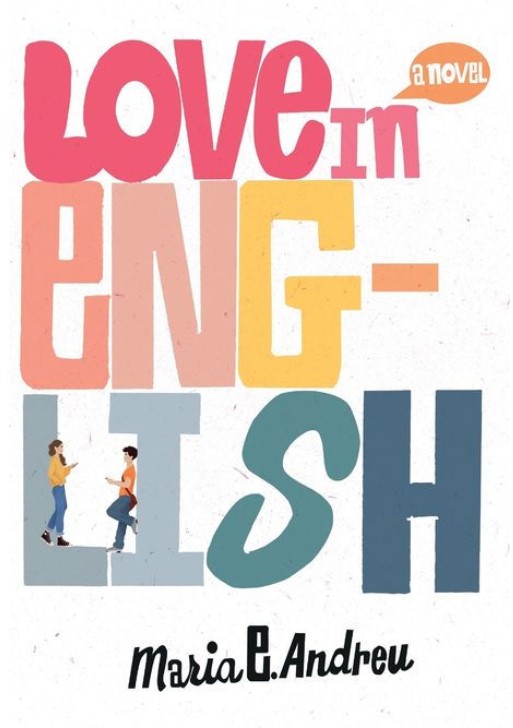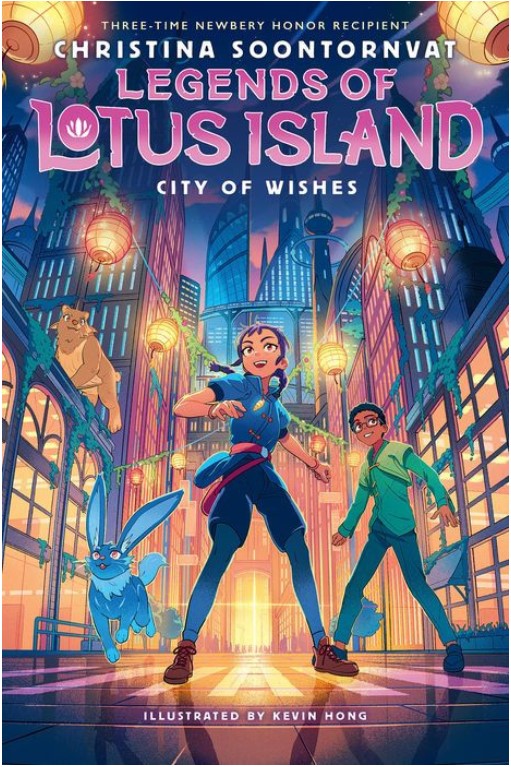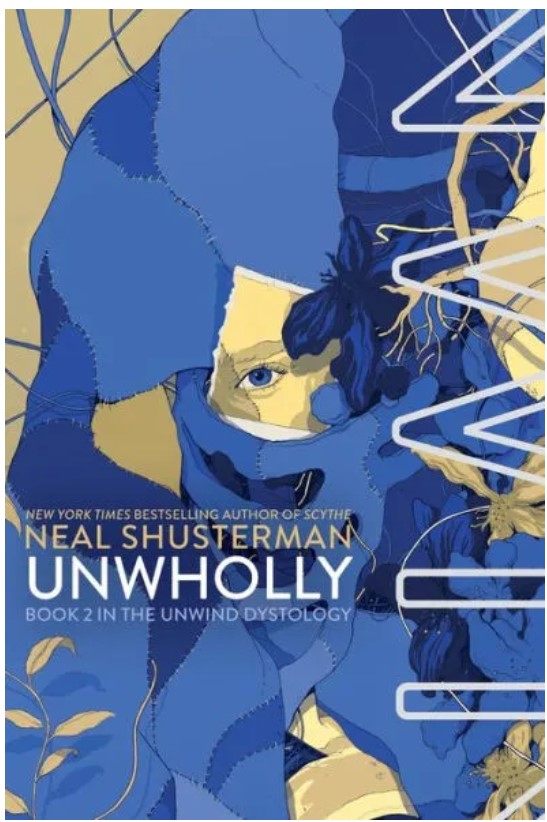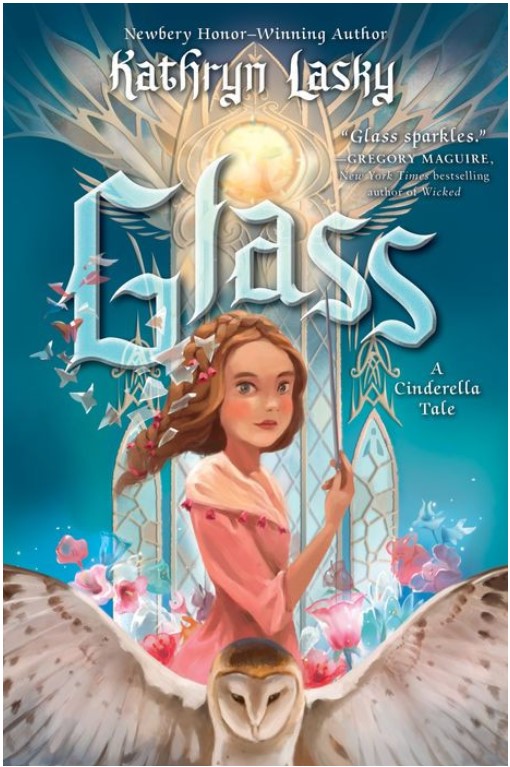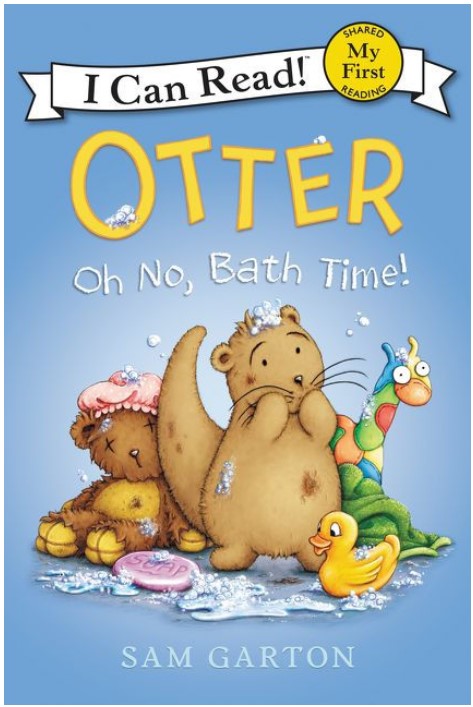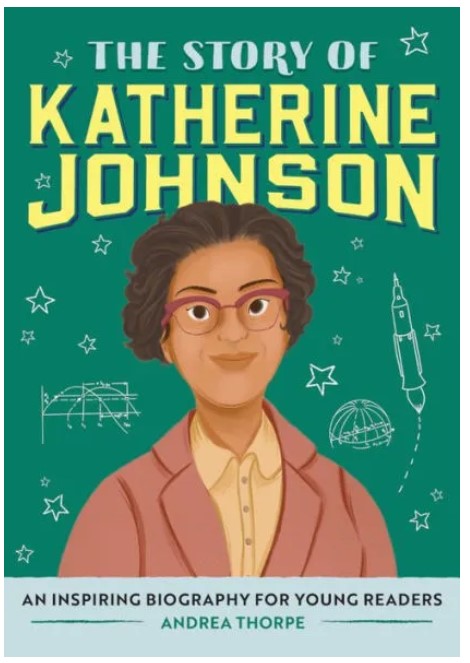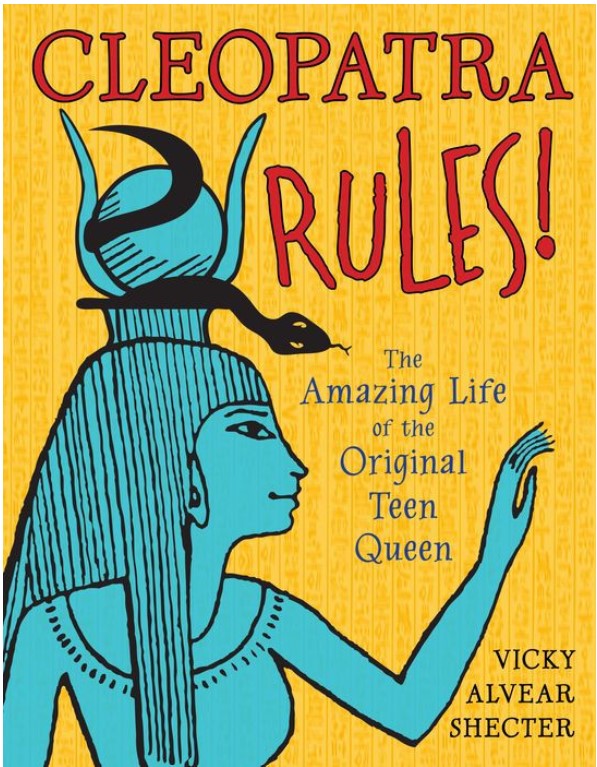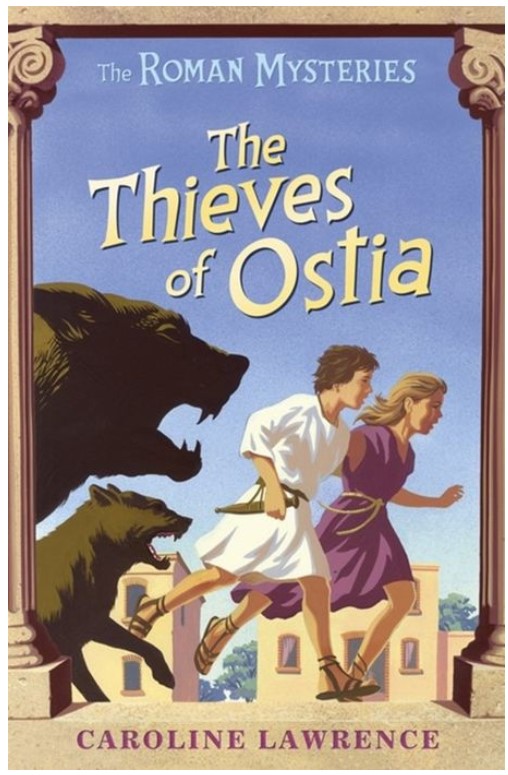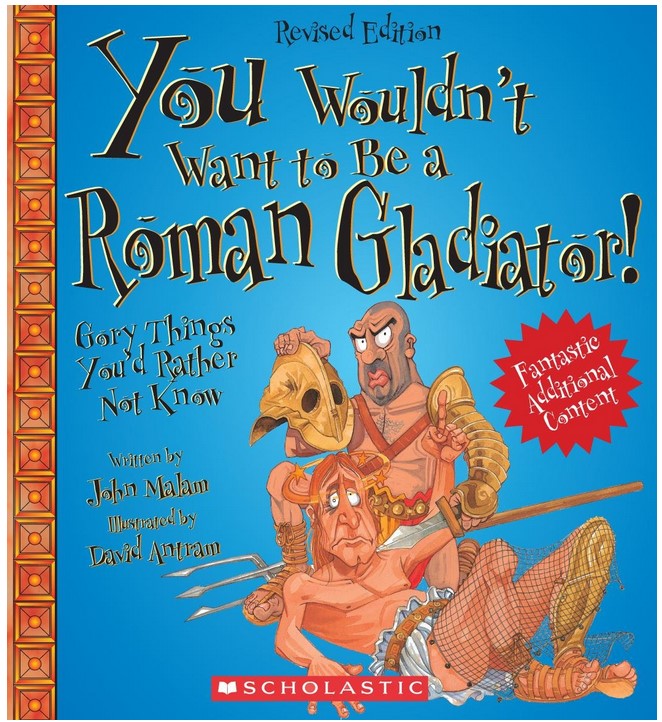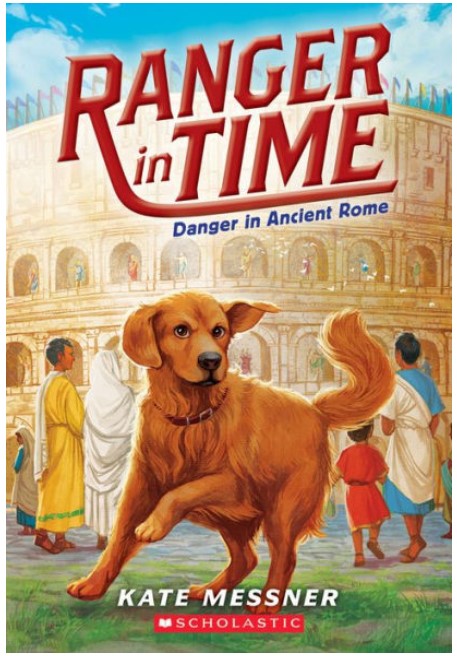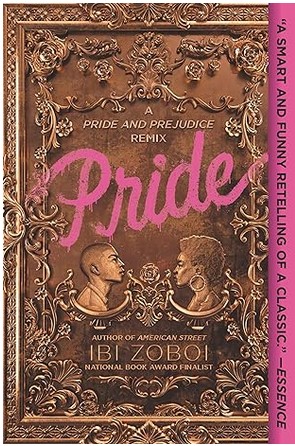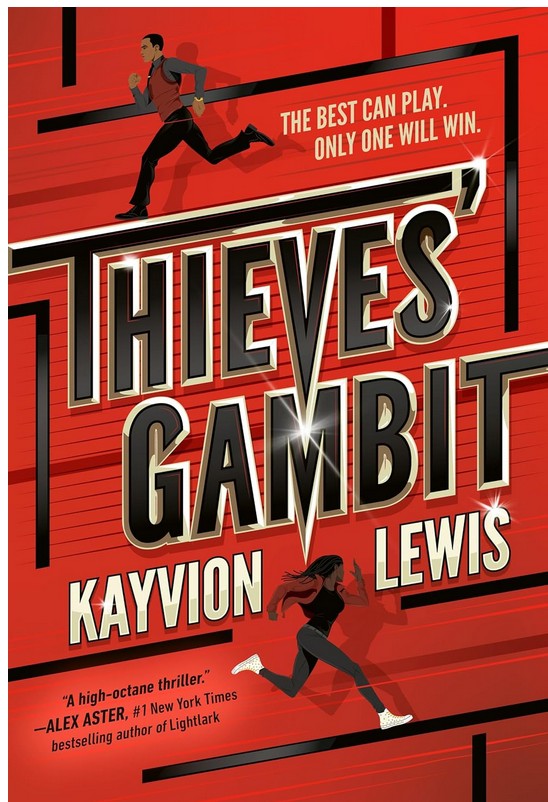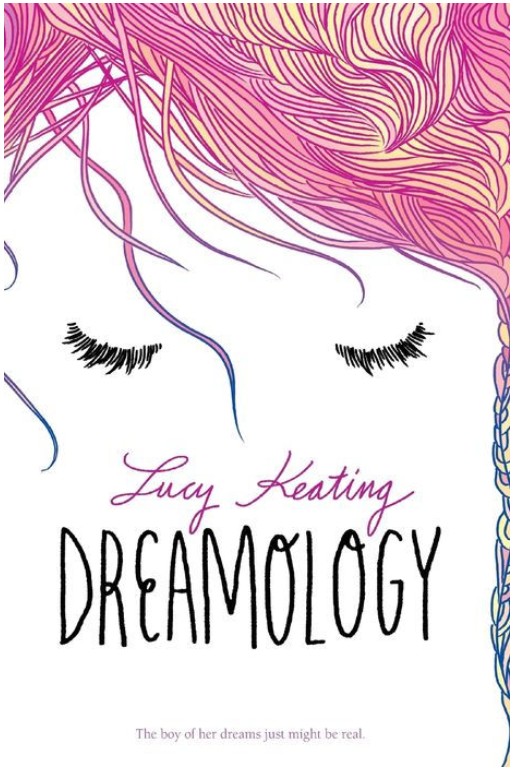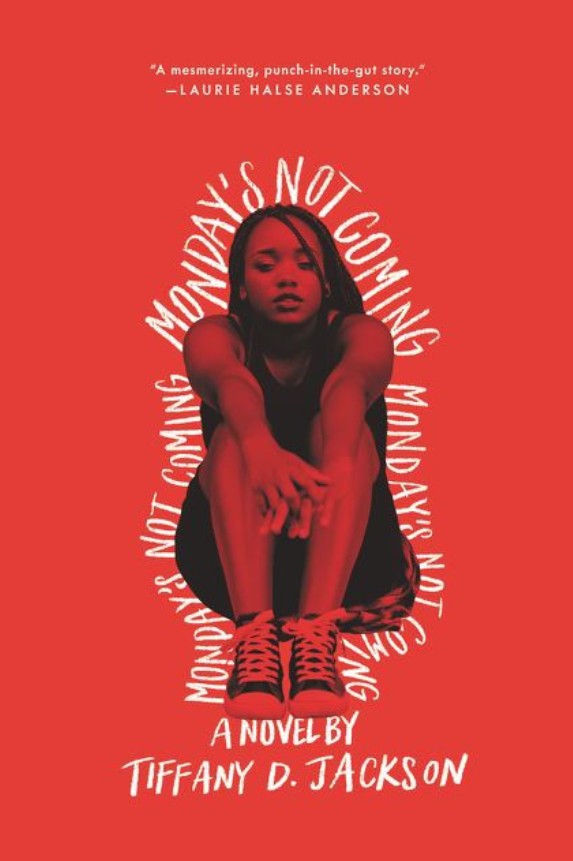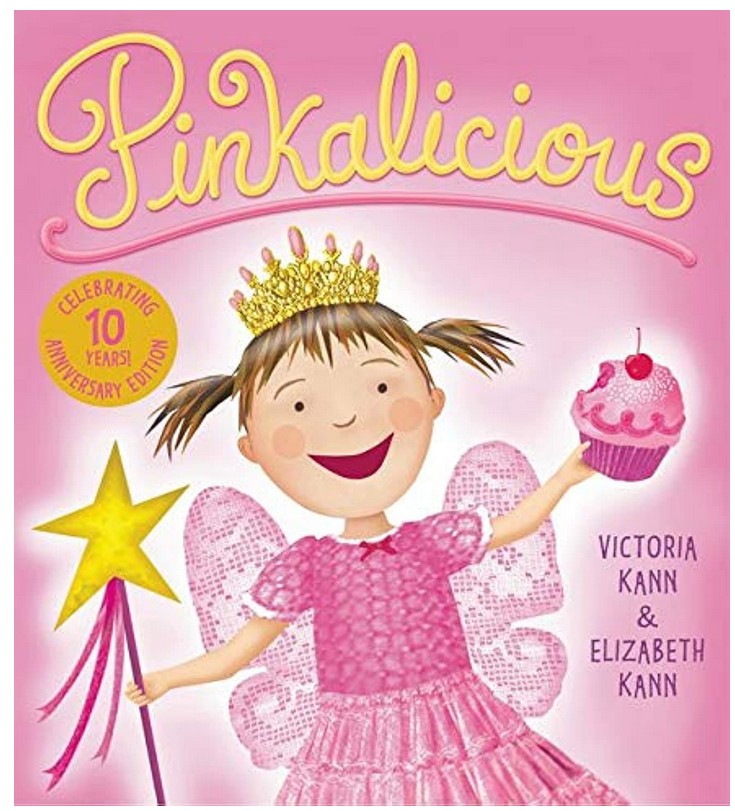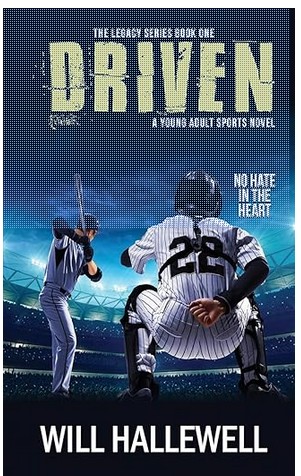Seventeen-year-old Daphne has spent her entire life honing her body and mind into that of a warrior, hoping to be accepted by the unyielding people of ancient Sparta. But an unexpected encounter with the goddess Artemis, who holds Daphne’s brother’s fate in her hands, upends the life she’s worked so hard to build. Nine mysterious items have been stolen from Mount Olympus. If Daphne cannot find them, the gods’ waning powers will fade away, the mortal world will descend into chaos, and her brother’s life will be forfeit.
Guided by Artemis’ twin—the handsome and entirely too self-assured god Apollo—Daphne’s journey will take her from the labyrinth of the Minotaur to the riddle-spinning Sphinx of Thebes, team her up with mythological legends such as Theseus and Hippolyta of the Amazons, and pit her against the gods themselves. A reinterpretation of the classic Greek myth of Daphne and Apollo, Daughter of Sparta turns the traditionally male-dominated mythology we know into a female-led adventure.
Daphne desperately wants to fit into the world of Sparta and is willing to jump into battle to keep her family’s honor. She has “strived [her] entire life to be Spartan, to leave behind the Mothakes title hanging over [her] head.” When Artemis threatens to kill her brother, Daphne is forced to go on a perilous adventure. But Daphne isn’t willing to play by the gods’ rules. Instead, Daphne uses her bravery, battle skills, and intelligence to find the missing Muses. Daphne is a heroine worth admiring because she is determined to beat fate and live her life according to her own designs.
Soon after leaving Sparta, Apollo finds Lykou—Daphne’s childhood friend and possible love interest—following them. The untrusting Apollo turns Lykou into a wolf, who becomes Daphne’s faithful companion. Lykou’s determination to help protect Daphne from danger makes him likable and gives the love triangle an interesting twist. And although Lykou cannot talk, readers will still fall in love with him. On the other hand, Apollo clearly loves Daphne, and although he comes across as arrogant—he is a god after all—readers will find Apollo capturing their hearts as well.
Readers not familiar with Greek mythology will find Daughter of Sparta difficult to read because of the Greek words, ginormous cast of characters, and many gods and mythological figures that appear. The book contains a glossary of terms, and readers will have to flip back and forth between the text and the glossary in order to understand the plot and how the characters are interconnected. As with most stories of the Greek gods, there are epic betrayals, bloody and descriptive battles, and supernatural enemies that are suited for more mature readers.
Readers who loved reading the Percy Jackson and the Olympians Series by Rick Riordan and are ready to jump into a more mature book revolving around the Greek gods will enjoy reading Daughter of Sparta. Daphne is a compelling character who isn’t afraid to make her own mark on the world. Plus, the non-stop action, shifting alliances, and mystery behind Daphne’s birth mix into an exciting adventure that shows that women are just as capable as men and are worthy of respect—even from the gods.
Sexual Content
- After sparring with Lykou, Daphne goes to a celebration. Later, Lykou congratulates her on her battle skills. Daphne’s “gaze trails the line of his bicep, my mouth suddenly dry. Maybe I could let myself enjoy Lykou’s plush lips, find out what it feels like to run my fingers through those dark curls. . .”
- When Daphne was born, her father said Daphne was “godspawn and a curse.” He accused his wife of being a “whore.” He cursed the gods and said, “Damn the gods. What more can they do to me? They have nothing left to smite me with. They have taken my wife and given me the spawn of Tartarus as a daughter.”
- While at a party, Apollo pushes Daphne against a wall. “His gaze is like a tendril of smoke, the arm around my waist the flame, scorching the narrow space between our bodies. My mind and heart do battle. . . It’s hard to focus on anything else but the arm pressing me close.” Finally, Daphne pulls away.
- There is sexual tension between Apollo and Daphne. For example, Apollo “takes my chin in his hand, forcing me to meet his gaze. His thumb passes gently over my bottom lip, and my heart skips a beat. . . His face starts to slowly lower itself toward mine, eyes dropping to my lips. His lips are mere inches from my own when Lykou snarls behind us.”
- Daphne cleans herself in a river. After she gets out, Apollo steps in her way. “His body is an unyielding mass, scorching against my chilled skin. His hips press against mine. My knees tremble despite my best efforts as he reaches behind my head, fingers running gently through my soaked curls. . .” Despite her attraction to Apollo, Daphne pushes him away.
- Daphne and Apollo argue. Then, Apollo’s “eyes dart to my lips, hunger brewing in his gaze. I catch his hand as it travels down my neck, placing it firmly between my own. . . Warm and sweet, our lips fold together in a warm embrace. A fire erupts inside me . . .I moan against his mouth.” Lykou attacks Apollo. The scene is described over a page and a half.
- Before Apollo goes into the underworld, Daphne kisses him. “With no reservation, I pour every one of my burgeoning feelings into our kiss. . . feeling stirs inside of me with each pass of his tongue across my lips. He is the sun, and I am the Earth, underling beneath his lips.”
- The story mentions that one of the gods had male and female lovers.
Violence
- Since Daughter of Sparta contains excessive and gory violence between humans, gods, goddesses, and mythological creatures, not all violence is described below.
- During a celebration, Daphne spars with her friend Lykou. “He leaps across the arena and strikes his dory [spear] wide. . . I barely roll from his reach in time, my shoulder hitting the dirt hard enough to steal the breath from my lungs. Before he can attack again, I swipe for his legs.”
- During the fight, Daphne tricks Lykou. “With an exaggerated grimace of pain, I slump my bruised shoulder ever so slightly. . . [Lykou lunges] for my injured shoulder. . . I twist and swing to meet him as he jumps right into my reach. . .my dory has already grazed his side, tearing what little he has of a chiton in a strike of victory.” The fight is described over two pages.
- When Apollo turns Daphne’s friend into a wolf, her “fist meets Apollo’s chin with a solid crack. He spins, crumpling to his knees.” Realizing what she had done, Daphne falls to her knees. Apollo doesn’t punish her.
- A god leads Daphne into the forest. “Her claws dig into my arms, dragging me to my feet. . . Wrenching from her grasp, I slash my dagger across her pale throat. . . The handle of my dagger is slick with her blood, but I find my grip and plunge the dagger forward. She chokes, cackle cutting off with a gurgled screech as my dagger finds its home in her heart.” The woman falls and transforms. “Apollo is spread-eagle across the ground, a river of red pooling beneath his tangled curls.” Daphne prays to Dionysus, who saves Apollo’s life.
- Daphne and Lykou (who has been turned into a wolf) are looking through outdoor stalls. A blacksmith gets upset that Daphne is trying to barter with him. “The blacksmith swings at Lykou’s throat just as the wolf leaps into the air. . .” Daphne steps between the two, and Lykou’s “fangs barely miss my fingers. I slam the blacksmith’s wrist into the brick wall. He yelps, dropping the sword. . . The blacksmith’s meaty fist soars above my head. . .”
- During the fight with the blacksmith, his apprentice jumps in. The apprentice “flings a hammer at my head, and I duck just in time to hear it sing past. A fist follows in quick succession. . . I catch his fist a heartbeat before it can pummel my gut.” Daphne outmaneuvers the men and quickly flees.
- King Minos wants to end the gods’ reign. He says the gods “have suppressed, stolen from, and murdered us . . . We no longer bow and scrape to their selfish siblings, no more sacrifices of our children to appease their unruly children’s whims.” To weaken the gods’ powers, King Minos throws three Muses into the Minotaur’s lair.
- While Daphne is sneaking through King Minos’ palace, guards capture her. As the guards question her, Theseus appears holding weapons. The guards turn their back on Daphne, and she “slip[s] the dagger from beneath my sleeve and ram[s] it deep into the nearest guard’s back. . . angled up to pierce beneath his bottom ribs. He collapses. . .”
- When the other guard sees his dead friend, “he swings the sword for [Daphne’s] head, and [she] roll[s] beneath his reach. [Her] dagger slices right through the tendons on his ankles. . . [Theseus] slams a blade through the back of his neck.” Daphne and Theseus hide the bodies.
- Daphne and Theseus go into the Minotaur’s lair to save the Muses. When the Minotaur finds Daphne, “It lunges. I leap to the side, narrowly avoiding obsidian claws as they rip through the air. Theseus is not so quick and releases a horrible, anguished yell. His shoulder shreds beneath the Minotaur’s reach. . .I spin and lash out with my sword. . . the blade barely leaves a mark.”
- During the fight, the wolf Lykou “leaps and catches the beast’s arm between his teeth. The Minotaur only growls in annoyance, shaking the wolf off. Before Theseus can jump away, it sends him hurtling backward with a solid kick to the gut. . .” At Theseus’ request, Daphne flees. The bloody fight is described over two pages.
- Daphne finds the Muses in the Minotaur’s lair. “Amid a ruin of rubble and rotting bodies, a cage sits in the center of the landing. Bones make the bars, the locks and corners held together by circles of stone. . . Three tattered women huddle inside it.” The cage was closed using “magic only a few Olympians can wield.”
- Blood is the only thing that can open the cage and free the Muses. Daphne details, “I draw my blade across my palm. Blood pours from my hand, and I slap it against the carvings. My blood runs freely, too quickly, and my vision begins to spin. The bone crumbles beneath my hand. . .”
- Daphne leads the Muses through the Minotaur’s maze. The Minotaur “grabs Terpsikhore [a Muse]. His claws dig into her arms. A choked scream escapes her. Lykou snarls, jaws clamping down on the beast’s other arm. He only holds on a moment before the beast flings him across the room.”
- While in a large room, Daphne finds a broken statue and grabs the kerykeion, the staff carried by Hermes. Daphne attacks. “I land on the Minotaur’s back again. My legs wrap around the broad torso. My thighs burn with the effort, my battered arm barely keeping its grip. . . With a single stab, the wing of the kerykeion pierces the Minotaur’s eye and pushes deep into his skull. A last shuddering exhalation shakes its entire mass. It collapses and I rocket across the floor.” The Minotaur is dead. Theseus, Daphne, and the Muses escape. The scene is described over three pages.
- The god of war and Hermes go to Tartarus and meet an unnamed goddess. Ganymede, a Trojan prince who was abducted by Zeus and taken to Mount Olympus to be his cupbearer and lover, follows Ares. When Ganymede is found, “The herald’s arms are like bands of iron, keeping Ganymede from fleeing. . . Ares’ hand lashes out, catching Ganymede by the throat. . . [Ares] gives the spy a sharp kick in the ribs. The god’s ribs crack audibly . . .” Ganymede is injured but not dead.
- Daphne and her companions are sleeping when Minos and his soldiers surround them. A fight ensues. “Lykou snatches [a soldier] and drags him screaming beyond the camp. White teeth flash, the sharp tang of blood hangs heavy on the air. A moment later, Lykou returns to tear another soldier into the dark, his screams snatched from the air by a terrifying snarl.”
- Apollo also fights the soldiers, and “blood arcs through the air and screams erupt around me. . . [Apollo] moves through the line of soldiers with deadly efficiency and precision, a warrior when threatened. The sharp song of metal meeting metal echoes into the night. . .”
- During the fight, Minos attacks Theseus and “rams a dagger” into him. “Theseus collapses in the dirt, eyes locked on mine. His blood pours into the earth. . . He chokes slightly, his eyes desperate, begging me to reverse this. The warm pool of blood beneath him stains my knees.” Theseus dies.
Drugs and Alcohol
- During a celebration, many people, including Daphne and Lykou, consume alcohol, some to the point of being drunk.
- While at a party, Daphne and other guests drink wine. One guest “downs goblet after goblet of the fruity wine.”
Language
- Profanity is used rarely and includes ass, bastard, damn, and shit.
- Daphne thinks Apollo is an “arrogant ass.”
Supernatural
- When Artemis finds Daphne’s brother Pyrrhus spying on her, she turns him into a stag. “No warning or dramatic fanfare precedes the transformation. One second Pyrrhus is crumbled on his hands and knees at Artemis’s feet, and then in a blink of an eye, a stag stands before me.”
- Apollo shapeshifts and makes himself look like King Minos.
- After fighting the Minotaur, the Muse Urania uses her power to heal Theseus. She touches him, and “the bruising begins to fade, and his nose reassembles itself. . . Her finder continues down Theseus’s broken body, and the slashes across his legs and chest begin to knit together.” Another Muse heals Daphne’s wounds.
- To give Theseus time to heal and to escape Minos’ palace, one of the Muses stops time.
Spiritual Content
- The story occurs in Sparta during King Menelaus’ and Queen Helen’s rule. The Greek gods play a prominent role in the story and intervene in human affairs. Below are just some examples of how the gods play a role in the story.
- One man warns, “The drought has left our people with ire. The kings of Greece grow restless, their people hungry, and the gods bored. A reckoning awaits beyond the horizon.”
- Each year, Sparta celebrates and makes a sacrifice to the gods. An oracle says, “With this race, we not only ask for Apollo’s divine favor but must also give him our strength. . . [Beyond Sparta] children of the Mesogeios sacrificed each year to beasts lurking beneath cities. . . These ills. . . will reach us, just as they have reached even the gods from the heights of Olympus.” The oracle believes the gods are causing natural disasters.
- When Daphne and four men begin a race, Menelaus says, “May the wings of Hermes be beneath your feet.”
- Artemis appears to Daphne. Artemis says, “My powers—my family’s powers—are dwindling. Olympus is at its weakest, the love and worship of men long since waning. Soon, I will die, my family will die, and all the gifts that we bestowed upon men will wash away like dust across the stones under a heavy rain.” Artemis forces Daphne to help the gods.
- Daphne refuses to leave Sparta and help Artemis, so the god takes an arrow and “slices deep across my skin. I cry out involuntarily as searing heat envelops my chest and spreads to my limbs. . . My blood drips from the weapon. . . The arrow slashes out again, faster than any mortal could react, ripping across the belly of my chiton and driving into my stomach.”
- Artemis curses Daphne. Artemis says, “The Midas Curse will envelop you, enslave you, and bind you to me. The gold can spread to your toes, molding you into a tool that I might wield as I choose. Mock me, and the gold will crawl to your neck, choking off any insolent words before they can be uttered.”
- Apollo accompanies Daphne on her journey and helps protect her. He carries a golden arrow that can bring someone back to life. At the end of each day, Apollo drinks wine.
- When Apollo discovers Lykou following them, Lykou “falls to the ground, thrashing and roaring. He claws at his head, back, legs, and neck, skin rippling and contorting in the firelight.” Lykou turns into a wolf.
- Daphne almost falls off a cliff, but she catches herself. “As panic seizes me, I send up a prayer to the goddess Tyche for luck and press close to the rock, clenching my eyes shut.” Daphne is able to drag her body over the ledge and is safe.
- Daphne meets Prometheus. He is “spread-eagled between twin stone columns, hangs limp from his chained wrist before us.” Prometheus gives Daphne the gift of knowledge. “My life and a thousand others whip before my eyes, there and gone in a blink. And then they return, upended and awash with blue and gray.”
- Hermes plays a role in the story. He is a “trickster and foil to many of Apollo’s schemes. . . The god of heralds and thieves is twice as likely to give with one hand while stealing with the other.”
- While in the Minotaur’s lair, Daphne finds the Muses locked in a cage. Pasiphae appears and says, “I thought to return and see what foolish nonsense my husband was up to now. . . And it’s a good thing I did, or else these Muses would be dead, and my powers completely gone.”
